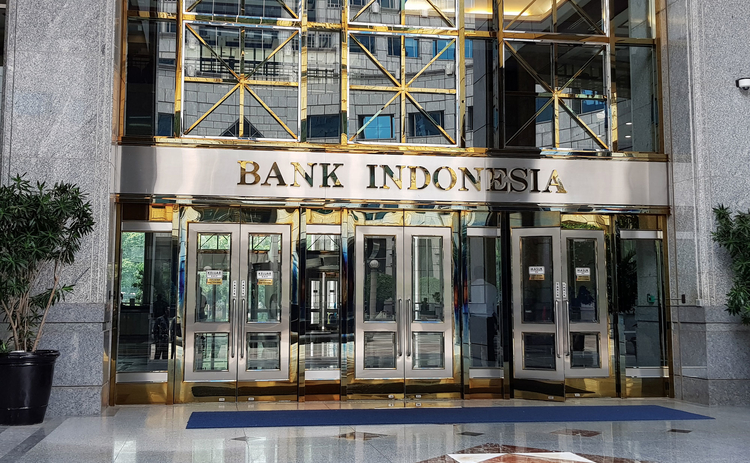According to reporting from Jakarta Globe, Indonesia’s foreign debt (ULN) hit USD 407.1-billion (approx. IDR 6,364-trillion) in Q4/ 2023, marking a 2.7-percent increase compared to the same in the previous year.
According to Bank Indonesia (BI), the increase is down to public sector transactions funded by foreign debt. Additionally, the increase in the foreign debt position was impacted by the depreciation of the US dollar against the majority of global currencies, including the rupiah.
Erwin Haryono, Head of the Communication Department at BI, announced on Thursday (15/2/24,) that the government’s foreign debt position at the end of the Q4/ 2023 stood at USD 196.6-billion, reflecting a 5.4-percent year-on-year (YoY) increase. This marks an acceleration from the 3.3-percent YoY growth witnessed in the previous quarter, reports Jakarta Globe.
The increase in government foreign debt is also influenced by an increase in portfolio investment placements in domestic and international government securities markets, following positive market sentiment and the easing of global financial market uncertainties.
Most of the foreign debt is directed towards supporting government efforts in financing productive sectors and priority expenditures, says Jakarta Globe, adding that this financing support includes, among others, the health and social services sector (23.7-percent of total government foreign debt), government administration, defence, and mandatory social security (18.9-percent), education services (16.6-percent), construction (14.1-percent), and financial and insurance services (9.7-percent.)
“The government’s foreign debt position is relatively safe and controlled, as almost all of it has a long-term tenure, accounting for 99.8-percent of the total,” Erwin said.
The contraction comes from financial corporations and non-financial corporations, each experiencing a contraction of 2.4-percent YoY and 1.8-percent YoY, respectively, according to Jakarta Globe.
In terms of economic sectors, the primary contributors to private foreign debt are the processing industry, financial and insurance services, the supply of electricity, gas, steam/hot water, and air conditioning, as well as mining and quarrying, collectively constituting 78.7-percent of the total private foreign debt. Additionally, private foreign debt predominantly comprises long-term debt, making up 74.9-percent of the total private foreign debt.
Jakarta Globe says that Indonesia’s foreign debt structure remains healthy, supported by applying prudential principles in its management. This is reflected in Indonesia’s foreign debt ratio to gross domestic product (GDP) at 29.7-percent, and it is dominated by long-term foreign debt, accounting for 86.6-percent of total foreign debt.
To maintain a healthy structure, the central bank and the government continue to strengthen coordination in monitoring foreign debt developments, supported by applying prudential principles in its management.
“The role of foreign debt will continue to be optimized in supporting development financing and driving sustainable national economic growth while minimizing risks that can affect economic stability,” Haryono concluded.
Source: Jakarta Globe
The post Foreign Debt Increased in Q4/ 2023 appeared first on Invest Indonesia.



